
The Painterly Finesse of Ruby Barber’s Floral Creations
Words by Eric David
Location
The Painterly Finesse of Ruby Barber’s Floral Creations
Words by Eric David
Every artist is drawn to a medium that more than any other is conductive to his or her creativity; for Australian-born floral stylist Ruby Barber her medium of choice is plants and flowers. Rich in colour and evocative in composition, Barber’s floral arrangements, are in effect perishable artworks that captivate with their painterly finesse and sculptural sensibility. Working at her Berlin-based studio, Mary Lennox—whose name refers to the orphan heroine of Frances Hodgson Burnett's classic novel The Secret Garden, as well as the address of her first studio in Sydney—Barber’s projects range from flower styling and set design, to events and large-scale installations. She has also been collaborating with international brands such as Gucci, Asics and Zara Home, enriching their campaigns with floral splashes, as well as creating evocative compositions featured alongside articles and short stories in prestigious publications like The New York Times Magazine and The New Yorker. Her innovative approach to flower synthesis, a mix, in her own words, of the modern, classic and unexpected, is driven by a penchant for experimentation and a deep passion for flowers and plants. Barber recently found some time out of her busy schedule to chat with Yatzer about her blossoming practice and passion for floristry.
(Answers have been condensed and edited for clarity.)
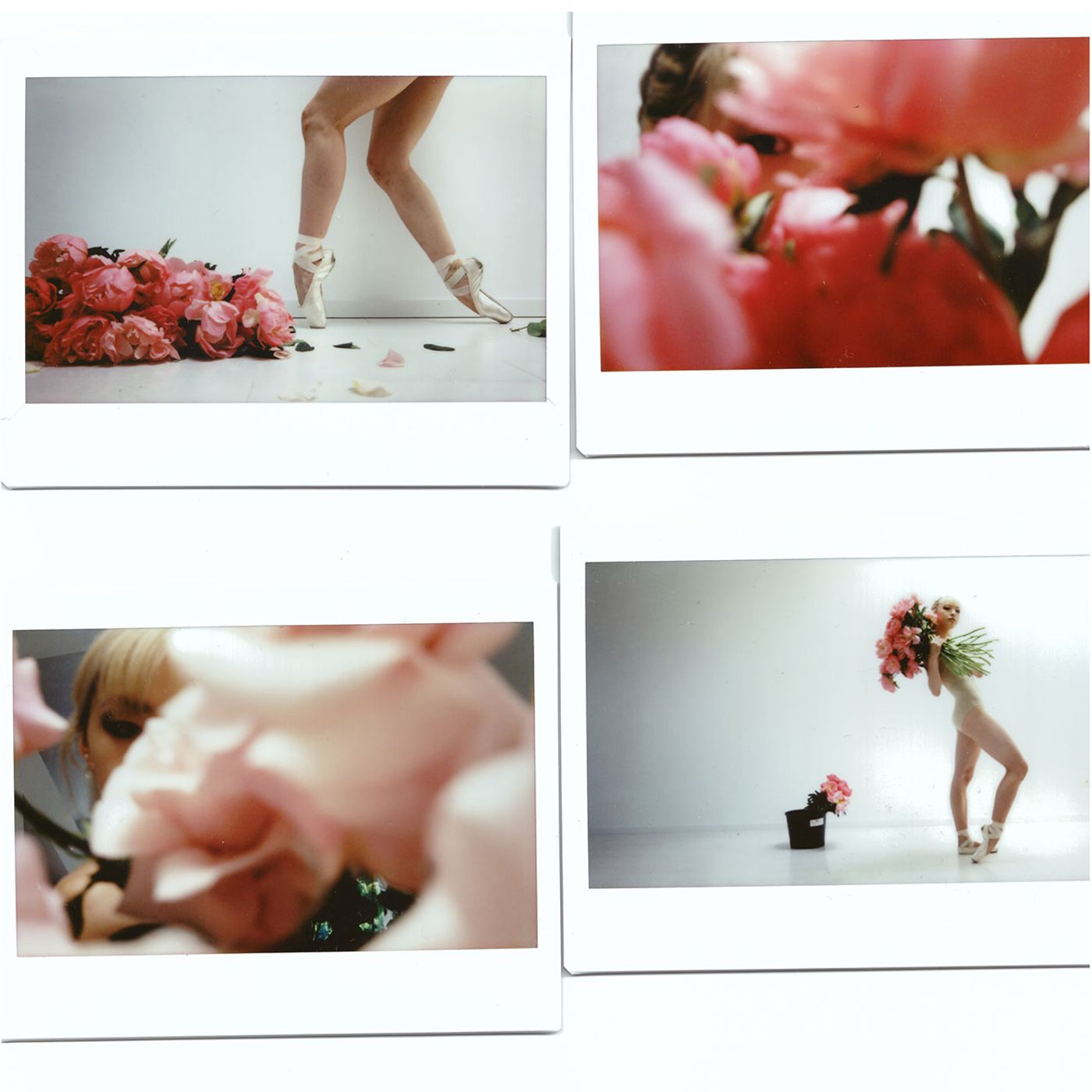
Patricia Zhou shot by Becca Crawford.
Where did your passion for gardening come from? How did it evolve into the creative occupation you are now involved in?
Growing up in Australia, one is inherently connected to nature. I was never a particularly 'flowery' person but the natural world has always been alluring and interesting to me. I started working with flowers by accident, I was studying interior architecture and going to the flower market with a friend for fun when I started picking up small bunches for friends and family. It was the first interest I had that really stuck. The effect flowers have on people is something that really resonates with me and I like working with a medium that can make people so joyful.
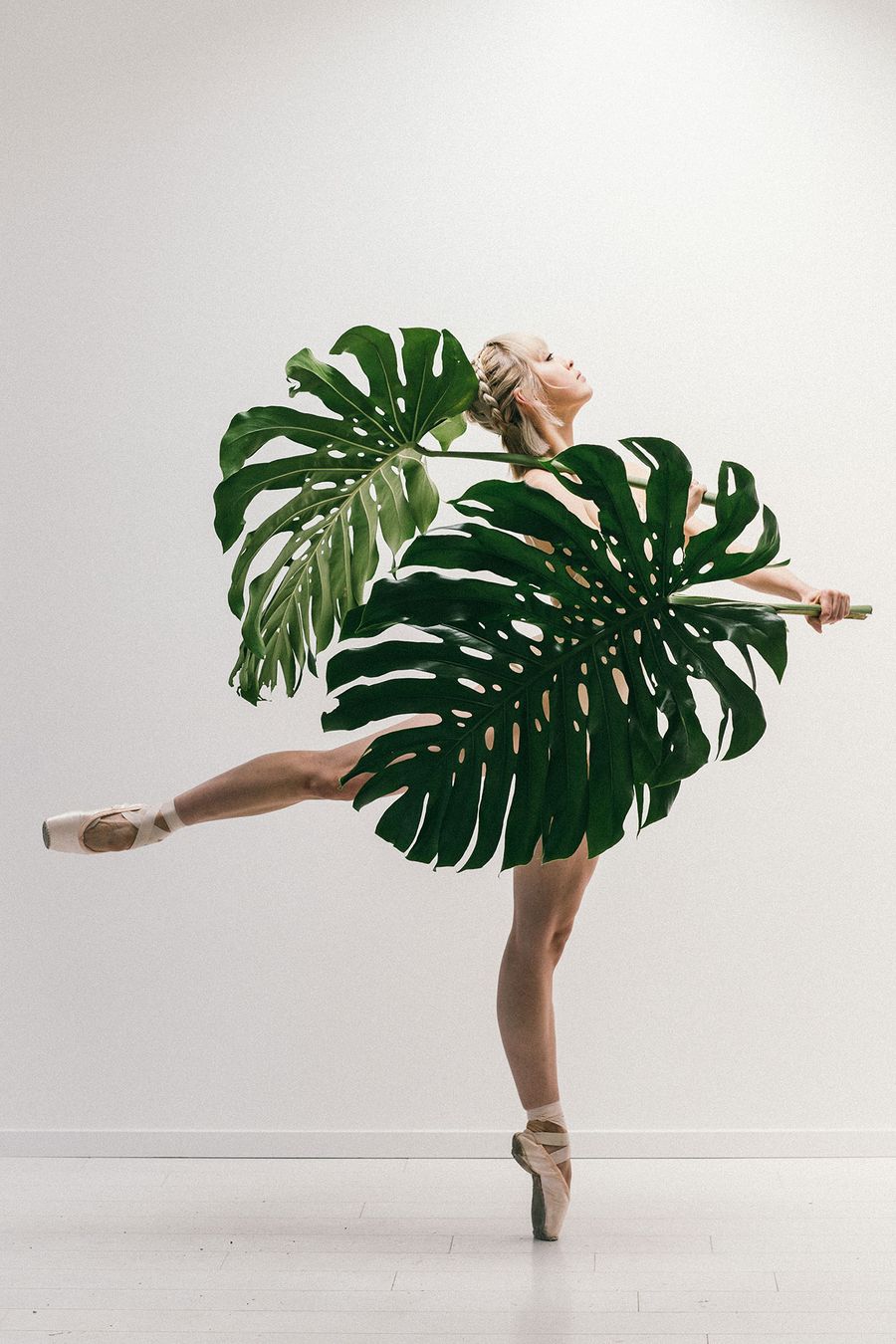
Patricia Zhou shot by Becca Crawford.

Photo by Anna Rosa Krau for Brigitte Magazine.
What are your favourite flowers and why? Does your taste change over time or seasonally?
My favourite flower changes all the time and there isn't really a particular variety I favour over all others. I like flowers that have some personality or a story behind them the most... In an industry that is focused on the mass-produced, it’s a real treat to find something unique.
How do you go about procuring the diverse plants and flowers that you use in your projects?
Sourcing is the best part of the job! We spend a lot of time visiting nurseries in Berlin, greater Germany and all over Europe. Whenever we see something special we snap it up! The key is remaining curious and looking outside of the flower market for rarer flowers and plants. We also travel regularly to the main flower market in Holland to get an overview of what’s available there, rather than relying solely on the buyers from the Berlin market.
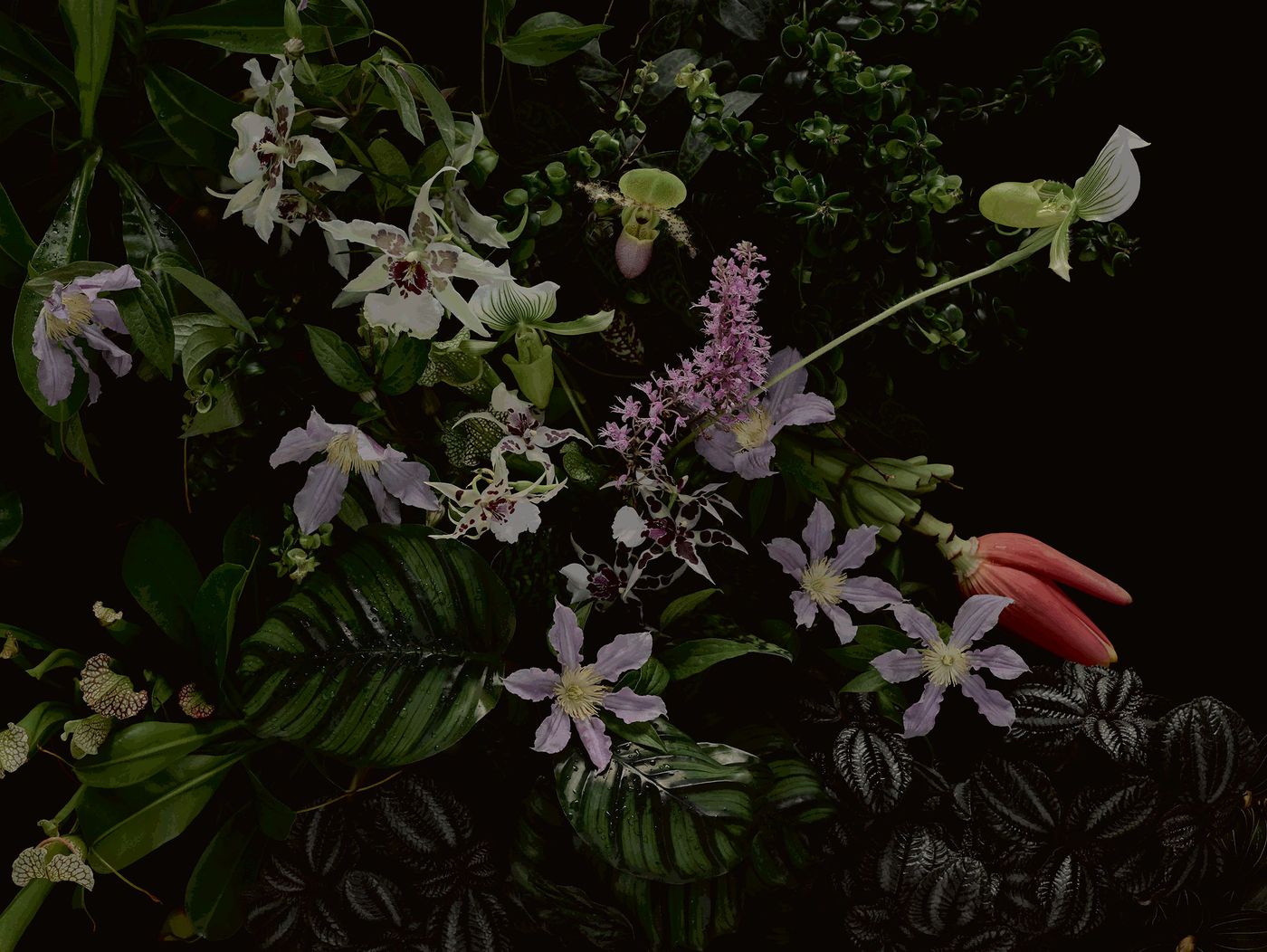
Photo by Atilla Hartwig for Rosenthal.

Photo by Alexander Straulino for Stern Magazine.

Photo by Becca Crawford for DITA world.
What are the guiding principles behind a good flower arrangement? Do you primarily go about it intuitively or is there a preparatory process where you methodically work out the details beforehand?
The way I work is very intuitive. I respond to the selection available at the flower market and try and curate the most beautiful results with what is there. The most interesting arrangements are created by considering each stem as you place it, highlighting unusual curves and imperfections. I like to have each stem prepared and stripped back of unnecessary leaves before beginning to put the arrangement together. This helps things come together smoothly. I also try and not work with stems that wouldn't be impressive on their own. In most circumstances, I avoid anything that would be considered as a 'filler'.
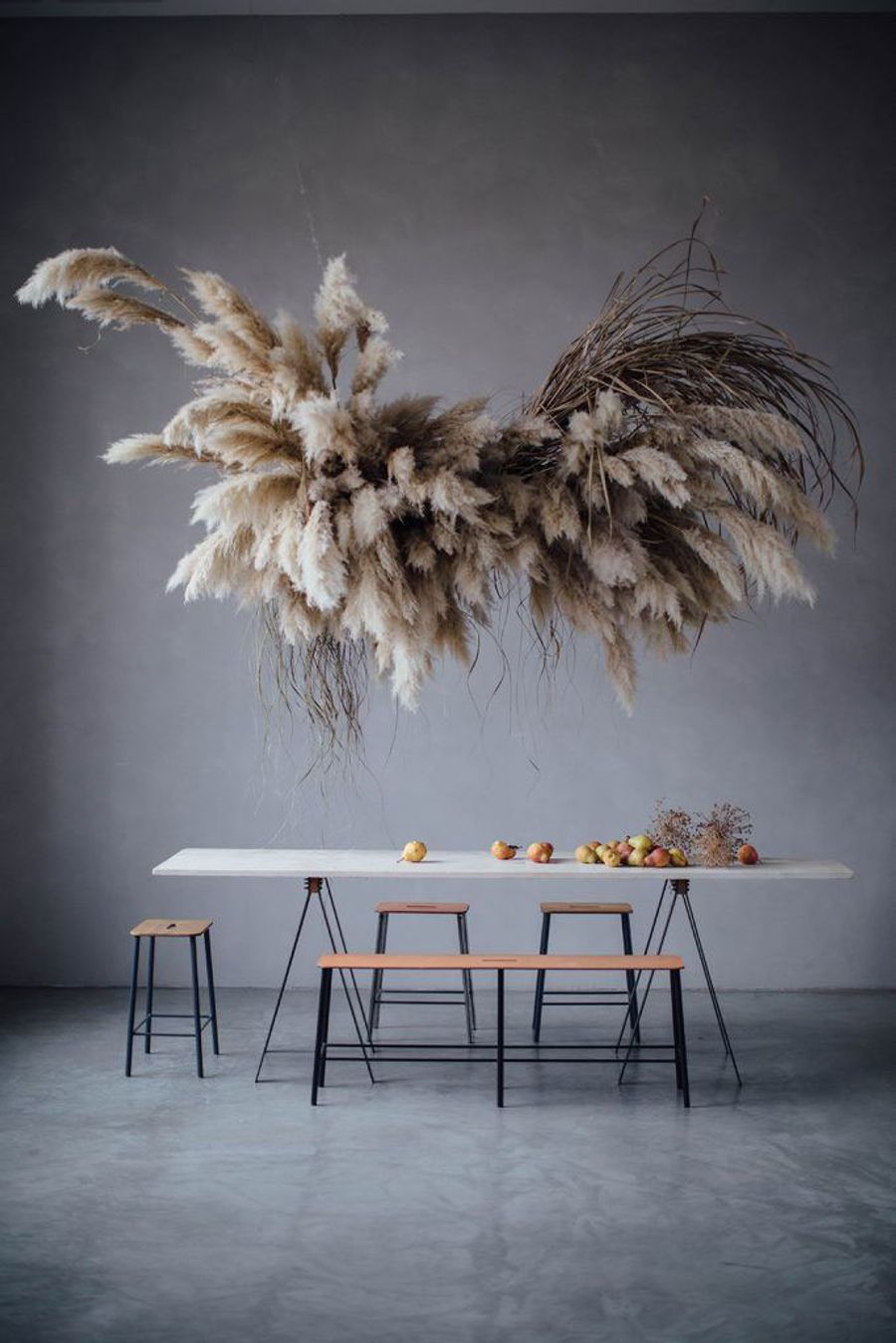
Photo by Our Food Stories.
As an artist, is it the aesthetic or the conceptual aspect of nature that is the driving force behind your work?
I've never thought about this before but now that you ask, I think it is both! I try not to over intellectualise my approach too much because I have certain limitations that are dictated by nature and the environment. I have to respond to what's available and possible within the project. The driving force behind the work will always be the flowers I can source and everything evolves from there. You have to remain kind of flexible when you work with a natural, perishable medium.

Photo by Becca Crawford for DITA world.
Do you approach the design of an arrangement that will be photographed differently from one that will not? How does photography inform your creative process?
Flowers in real life vs. flowers in photographs can be two very different things... Often I use a camera to make edits on arrangements before finishing them, you see the whole piece very differently through the lens. It usually helps me scale the arrangements back and leave space for the flowers to breathe.
Creating an arrangement that has no other purpose than to be photographed is my favourite way of working. You can be a lot more creative when with the form and flower selection when longevity isn't a consideration.
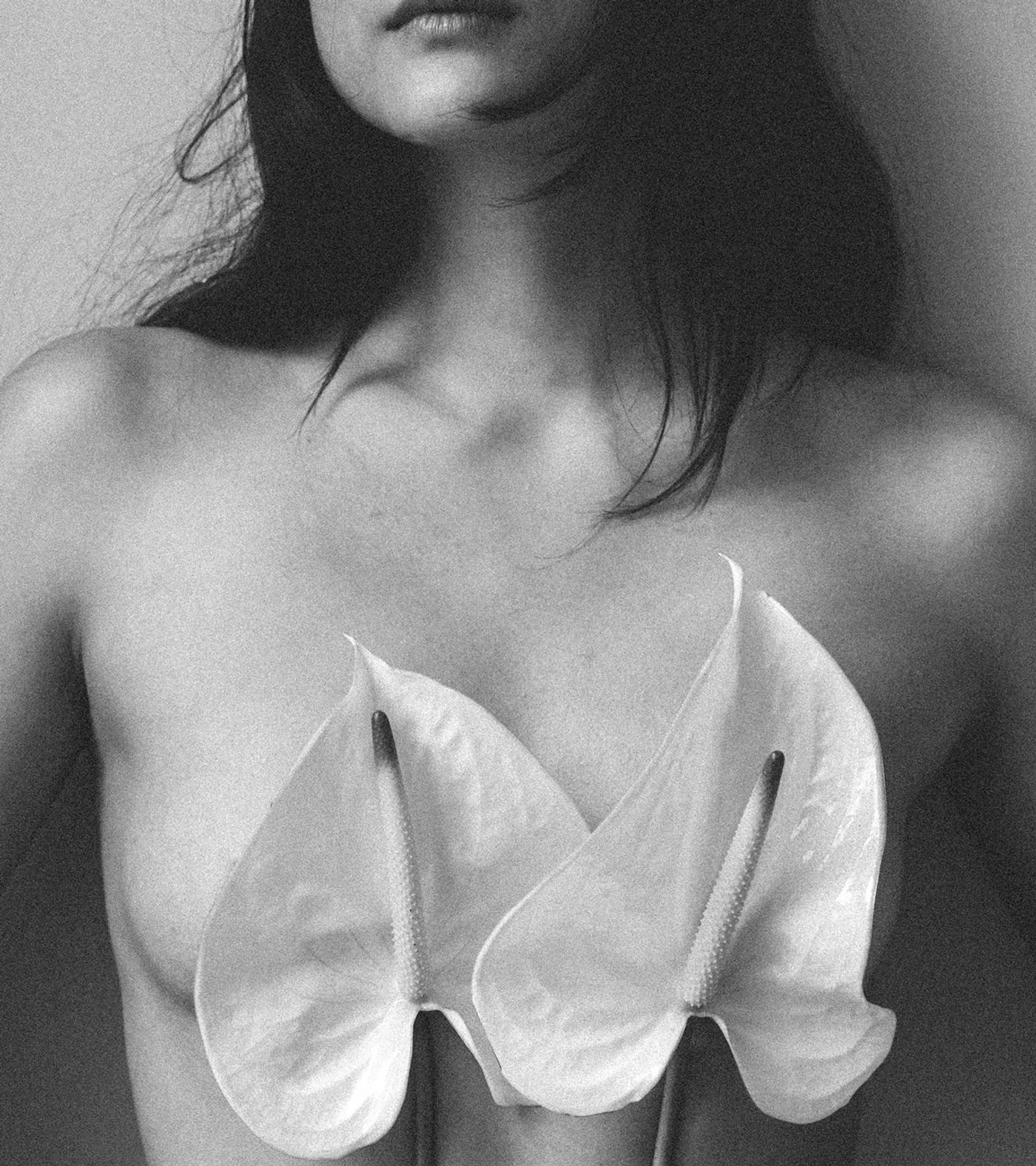
Photo by Becca Crawford.
In your work there seems to be an intrinsic bond between flowers and femininity. Is this something that has organically emerged or is it part of your artistic doctrine?
The bond between flowers and femininity is iconic; the relationship is so engrained in my visual language. I regularly subconsciously marry the two motifs, just because it's a reflection of what I personally find beautiful. We are also basically an all-female company so it's not surprising that we have a feminine voice... However, we also create designs and projects that challenge the preconceived ideas of flowers and femininity.
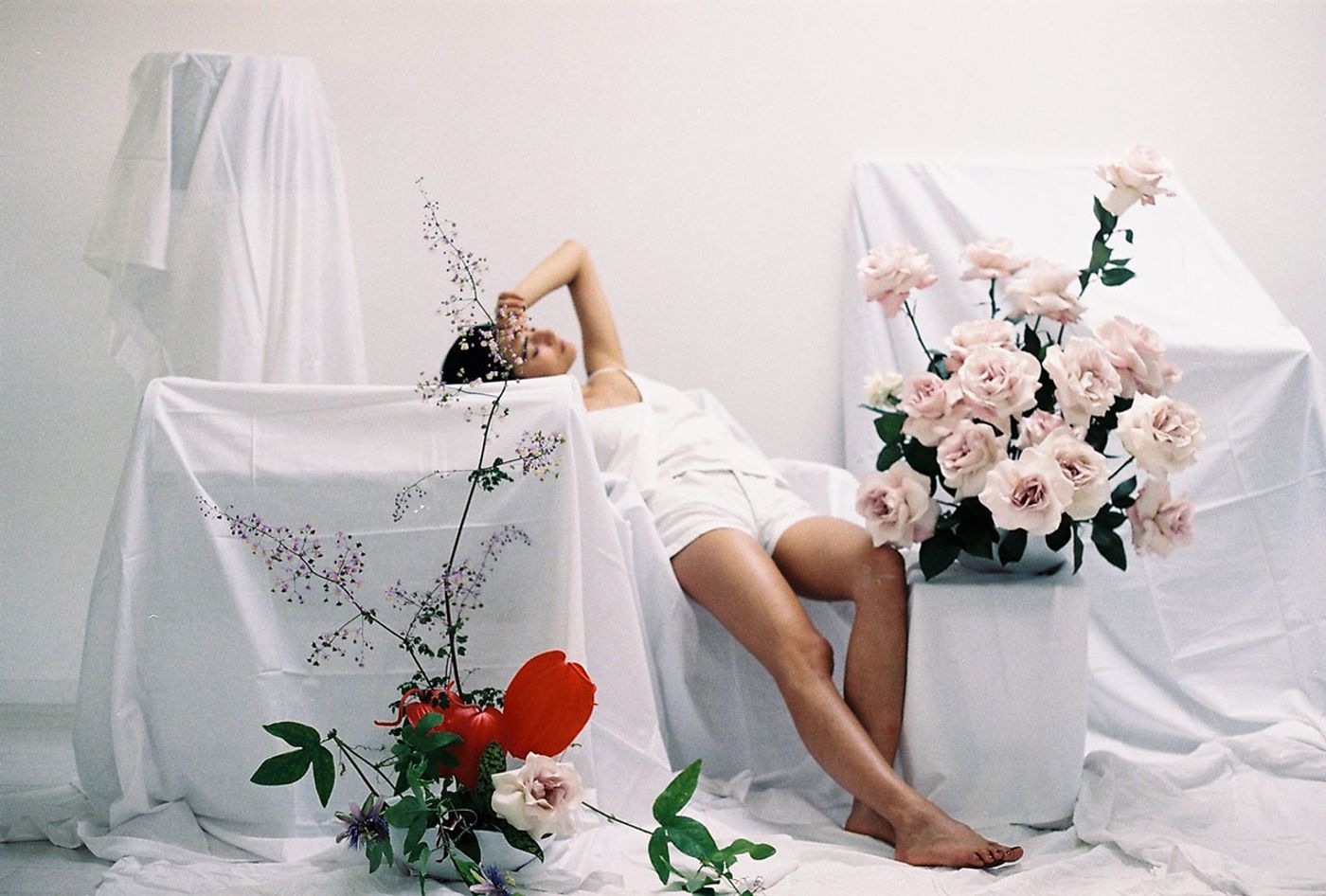
Photo by Becca Crawford.
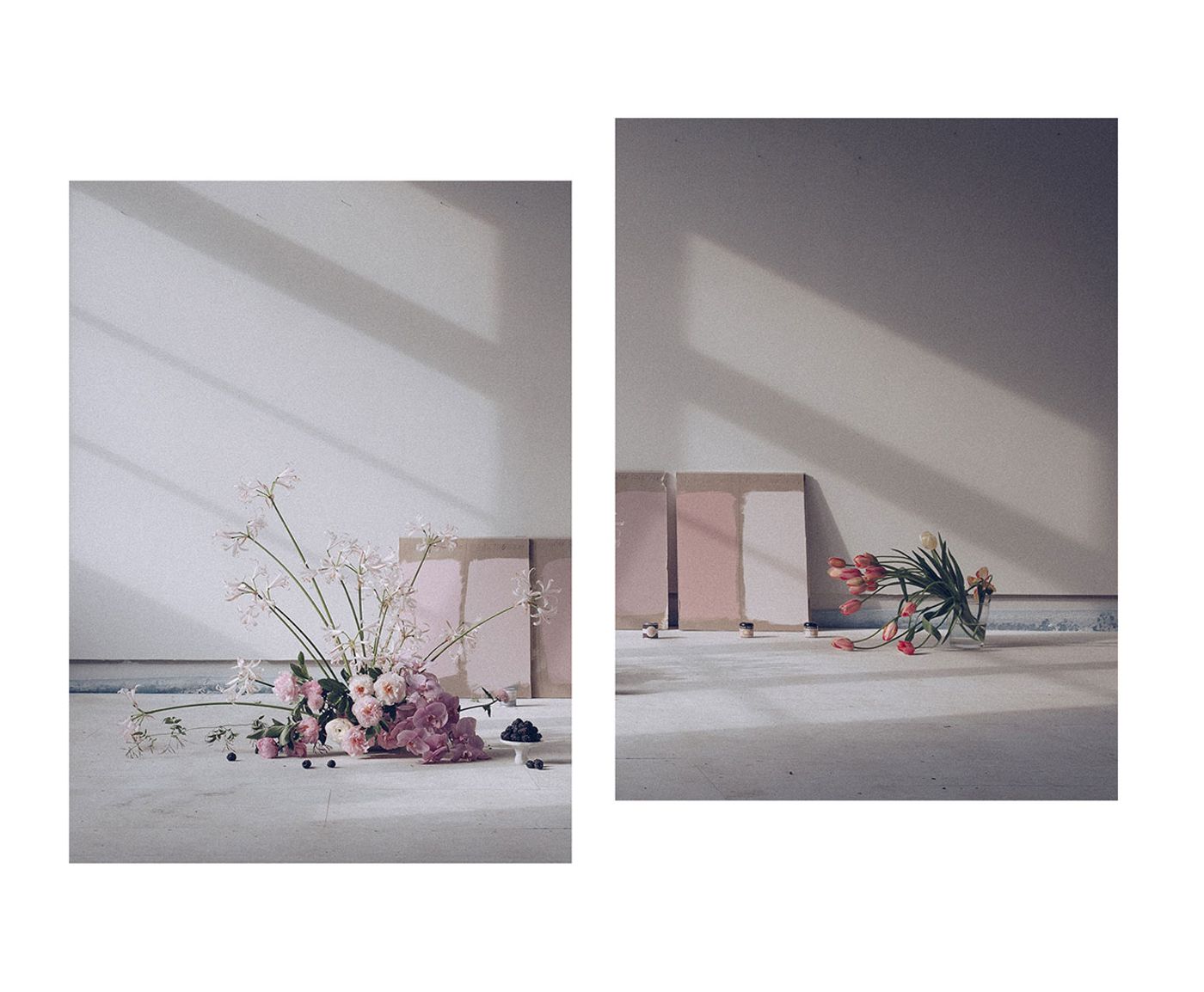
Photo by Becca Crawford.
Collaborations are an integral part of your work. What are the challenges and rewards of working with other professionals during a project?
Collaborations are what keeps things interesting! Every new project expands our network and introduces us to new ideas and creative practices that help us further expand and refine our own. All in all I think each and every collaboration is very rewarding, even if the project didn’t run smoothly ... I learn so much from working this way; about people, design, business - it's absolutely invaluable.
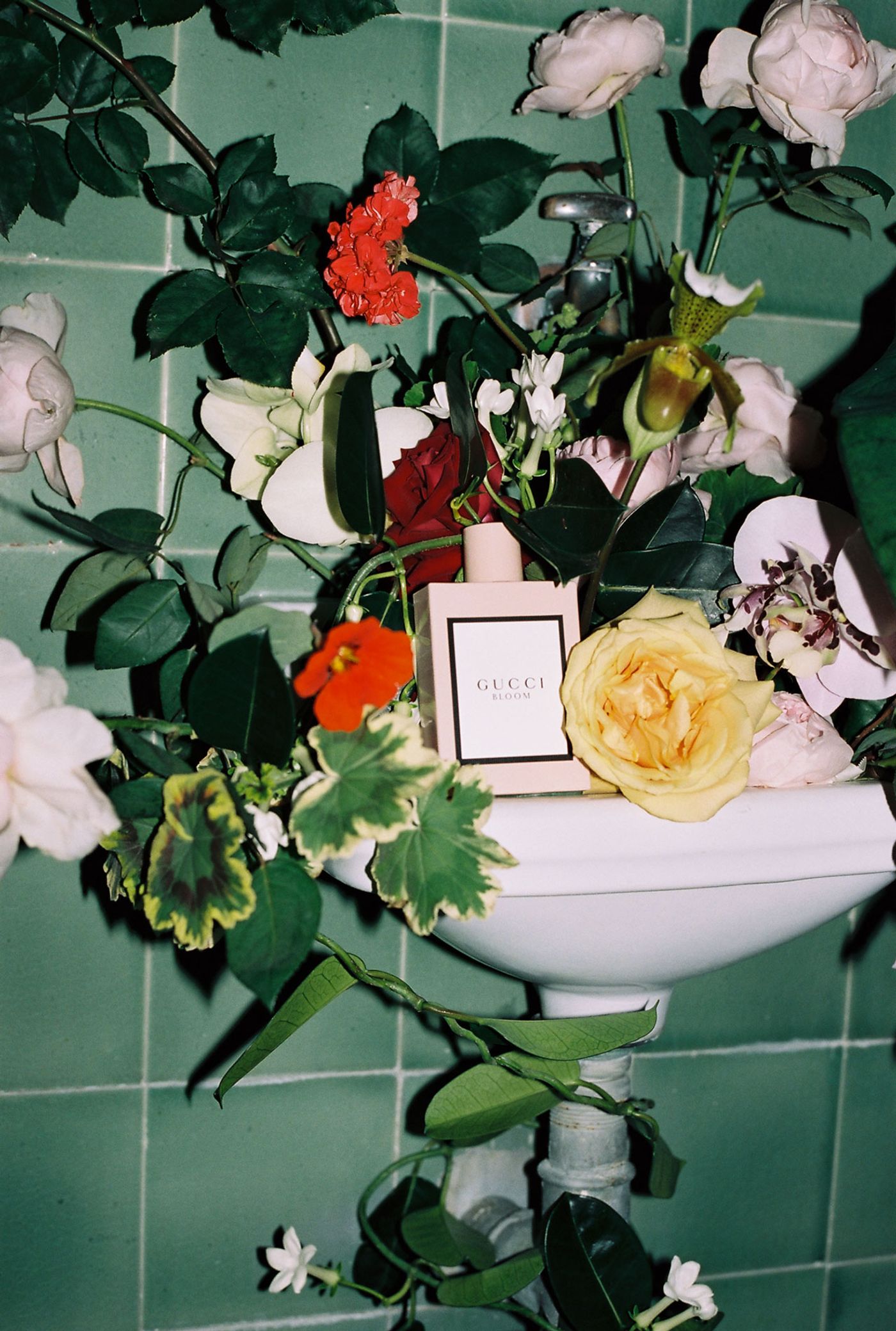
Photo by Robbie Lawrence for Gucci.
Confronted with the ephemeral nature of flower arrangements do you ever think of channeling your creativity into other mediums?
We are interested in how we can collaborate with different design fields and mediums to enrich other creative projects with nature. I think plants and flowers will always be at the core of what I do but also that this area of interest can take me beyond the field of floristry.
What projects are you currently working on?
We are working on a number of projects this year that will allow us to travel to other cities and take inspiration from new landscapes. We will be spending time in Paris, Mexico and Italy and I hope the list of continues to expand as our calendar fills up. We are excited to see where this year takes us!